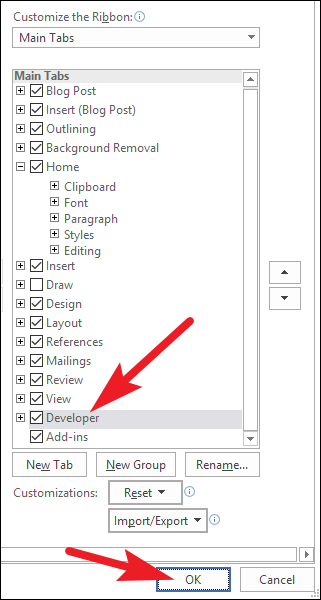

Even though users can't change them, disabled check boxes convey information so they should be consistent with results.
Show disabled check boxes using the correct selection state. In this example, check boxes are used incorrectly as a progress indicator. Use a progress indicator control instead. Don't use check boxes as a progress indicator. Otherwise, the only way to restore the mixed state with confidence would be to cancel the task and start over. For forgiveness, it's important to be able to restore the original mixed state because the settings might be complex or unknown to the user. Clicking a mixed state check box should cycle through all selected, all cleared, and the original mixed states. In this example, users can choose from a list of three clear options. In this example, the mixed state is supposed to indicate that the Theme service isn't installed. To represent a third state, use radio buttons or a drop-down list instead. The mixed state isn't used as a third state for an individual item. Users shouldn't be able to set a mixed state directly-rather the mixed state is a reflection of the child objects. The mixed state is used to indicate that an option is set for some, but not all, child objects. Don't use the mixed state to represent a third state. In this example, the horizontal alignment is harder to read. In this example, the opposite choice from Landscape isn't clear, so the check box isn't a good choice. Use radio buttons if the meaning of the cleared check box isn't completely obvious. Would a radio button be a better choice? Where check boxes are suitable only for turning an option on or off, radio buttons can be used for completely different options. For more than 10 options, use a check box list. Is the number of options in a group 10 or fewer? Since the screen space used is proportional to the number of options, keep the number of check boxes to 10 or fewer. When used in a group, does the group comprise dependent choices, from which users must choose one or more? If so, use a group of check boxes and handle the error when none of the options are selected. When used in a group, does the group comprise independent choices, from which users may choose zero or more? If not, consider controls for dependent choices, such as radio buttons and check box tree views. 
Are the selected and cleared states clear and unambiguous opposites? If not, use radio buttons or a drop-down list so that you can label the states independently.Is the check box used to toggle an option on or off or to select or deselect an item? If not, use another control.Note: Guidelines related to layout are presented in a separate article. Consequently, check boxes should be used only to toggle an option on or off or to select or deselect an item.


The check box label indicates the selected state, whereas the meaning of the cleared state must be the unambiguous opposite of the selected state. With a check box, users make a decision between two clearly opposite choices.
Large check box word windows#
Designing with Windows Presentation Foundation. Windows User Experience Design Principles. Windows User Experience Interaction Guidelines.








 0 kommentar(er)
0 kommentar(er)
